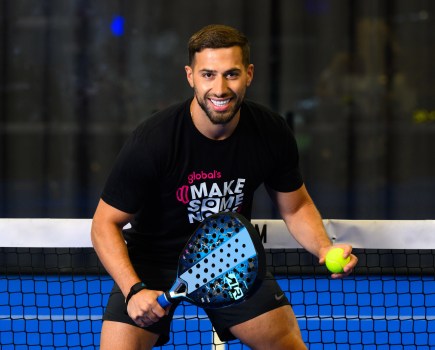The quest for muscle growth is littered with pseudoscience, but researchers from the University of Cambridge have crunched all the key pieces of data to reveal the hidden mathematical formula behind muscle hypertrophy.
“Surprisingly, not very much is known about why or how exercise builds muscles: there’s a lot of anecdotal knowledge and acquired wisdom, but very little in the way of hard or proven data,” explained Professor Eugene Terentjev, of Cambridge’s Cavendish Laboratory.
To sift fact from fiction, the researchers used theoretical biophysics to construct a mathematical model for the best way to achieve growth.
Strong moral fibre
They analysed everything from repetitions to recovery times, but the most important factor was a little-known component of muscle fibre known as titin: a key protein responsible for generating the chemical signals which trigger muscle hypertrophy.
The new study, published in the Biophysical Journal, revealed that there is an optimal weight loading which maximises this titan response. And this magic number seems to be around 70 per cent of your one-rep max.
“Our model offers a physiological basis for the idea that muscle growth mainly occurs at 70 per cent of the maximum load, which is the idea behind resistance training,” said Professor Terentjev.
Lift less than 70 per cent and you may not activate a high enough titin response to spark new muscle growth. But push much higher and your muscles become too exhausted to signal titan efficiently. Hitting 70 per cent of your one-rep max, for three sets of 10 reps, seems to be the best method.
The researchers believe that this mathematical model could form the basis of new training software which can help athletes hit the right numbers every time they lift. And elite athletes are already taking notice.
“One of the challenges in preparing elite athletes is the common requirement for maximising adaptations while balancing associated trade-offs like energy costs,” explained Fionn MacPartlin, Senior Strength & Conditioning Coach at the English Institute of Sport.
“This work gives us more insight into the potential mechanisms of how muscles sense and respond to load, which can help us more specifically design interventions to meet these goals.”
Words: Mark Bailey







